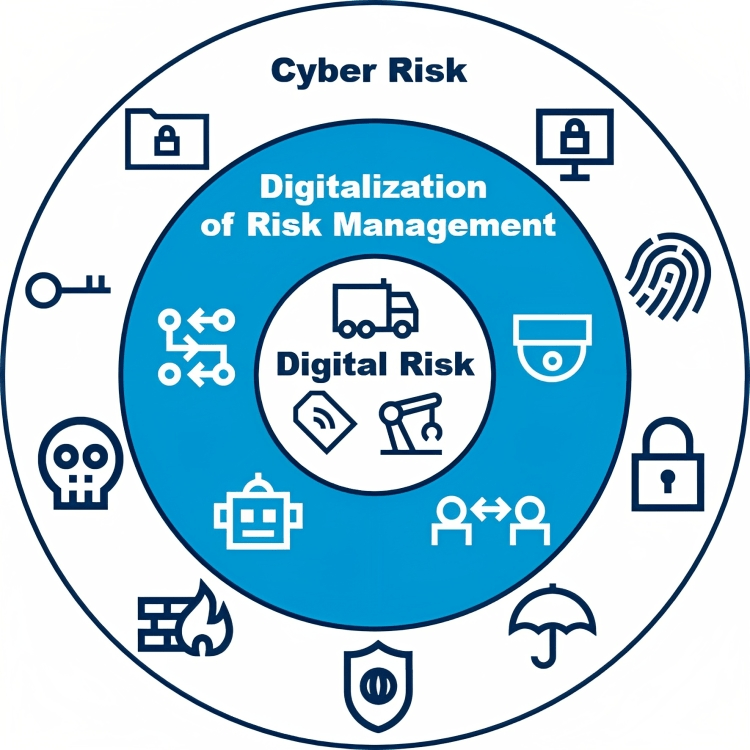Digital Risk Taxonomy and Customer Protection
by Mr. Abadullah
Chief Compliance Officer- Faysal Bank Ltd., Pakistan
Rapid technical breakthroughs have astounded the world during the last several decades. It has influenced and left an everlasting mark on anything and anything that humans can quantify. The banking sector is one of many examples of technology influencing and changing people’s lives and enterprises. The introduction of digital technology into the banking business caused a paradigm change in the industry, culminating in what is now known as Digital Banking.
Authorities are welcoming entrants (fintech and digital banks) as a much-needed injection of competition and innovation into the banking industry as digital banking becomes more widespread throughout the world. To promote digital banking, several authorities have opted to create specific licensing regimes. A digital bank is a deposit-taking financial institution that uses a digital-first or digital-only business model to supply its goods and services. Customers are attracted to digital banks because they do not require paper documentation, a physical presence (such as branches, ATMs, or agent point of sale), or manual processing. They also seek to provide an excellent user interface and experience.

However, there are some additional risks and challenges that are associated with digital banks. These risks may lead to financial and non-financial losses to the customers. There are issues of cyber security and technology risks (digital risks) related to the protection of customers’ data, associated with financial services via digital banks. While the digital economy has contributed significantly to productivity growth and the emergence of new forms of banking through digital channels, it has also exposed customers to a variety of risks associated with the use of digital technologies. These risks mainly include data breaches, financial fraud perpetrated using digital technologies, and even cyber-attacks
Digital banks and digital banking services have evolved and played an important role in the future creation of a digital ecosystem. This can be seen in the significant development of digital banking in various countries around the world, as well as the opportunities that exist. However, such a scenario presents several challenges, particularly in the risk management field.

Digitalization and automation in financial services are major factors that must be addressed. Customers trust banks as a one-stop shop for their requirements because security and client protection are vital to them. However, in this digital banking era, the challenge is how far digital banking can be applied while maintaining the security of consumer transactions and the safety of customers. The government’s principal reason for establishing digital banks is to encourage greater innovation and competition in the banking sector by decreasing entrance barriers and reducing overly burdensome regulatory regulations. This initiative aimed to enhance customer experience and protect customers from risks associated with conventional modes of banking.
To provide secure digital banking services to the general public, there must be innovative and secure business processes, prudent and sustainable digital banking business practices, adequate risk management policies and procedures, proper governance and IT capability requirements, and guidelines on consumer data protection and the risk of data leakage. This will result in digital banks making a genuine contribution to the development of the digital financial ecosystem.
Developing Bangladesh Bangladesh Trade Center To know more, click here!


